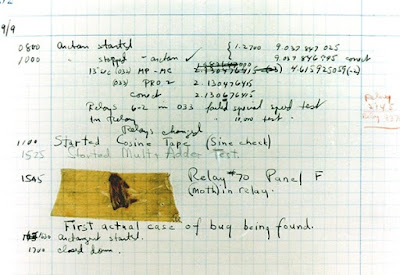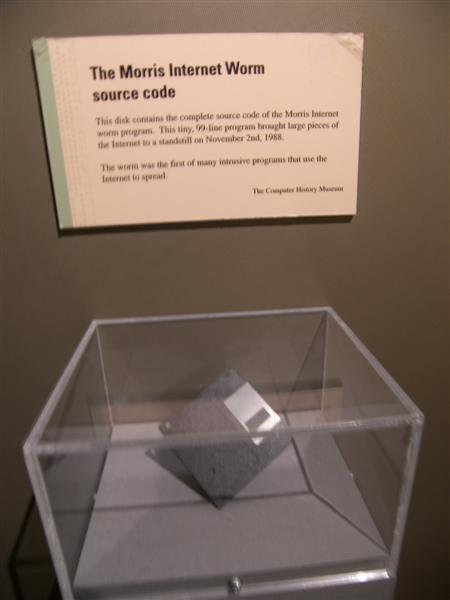Someone asked "Grammar Girl", Mignon Fogarty, that question and she gave two possible, but somewhat unsatisfying, answers.
One explanation is in the "every end is a beginning" category - commencement marks the beginning of a student's new professional/adult life.
The other explanation goes back to those medieval universities when a student entered as an "apprentice" and at the end of that apprenticeship could officially commence in a profession as a master or doctor.
She references The Founding of Harvard College that says that a person needed a license to lecture/teach and that entry into this masters of arts guild included a ceremony called commencement (Latin inceptio which is where we get "inception").
People - well, some people - do like to argue about word origins and this page suggests a theory that it had to do with your dinner seating.
I'll tell you why graduation is called Commencement (and no, it's not because it's the beginning of your "real life"). In the large halls where students and faculty ate, the faculty used to eat at table on a raised platform at one end of the long line of tables at which the students sat. When the students finished their course of study and graduated, they became fully-fledged members of the University and equals of the faculty. Consequently, at the grand banquet with which they celebrated their graduation, faculty and former students (both the newly-graduated and alumni) ate together as equals. They shared tables, or, in the Latin of the time, they ate at a commensa, a common table for all. This is why, not so long ago, Commencement and Reunion took place at the same time and why the University Dinner was the high point of the graduation events.
That also sounds farfetched and commenters seem to feel that lacking more evidence we should go with the tradition of the inceptio ceremony of initiation for the new scholars into the fellowship of university teachers in medieval Europe.
Now, when did tossing your graduation cap come about and why is it called a mortar board? That's another post to come...






